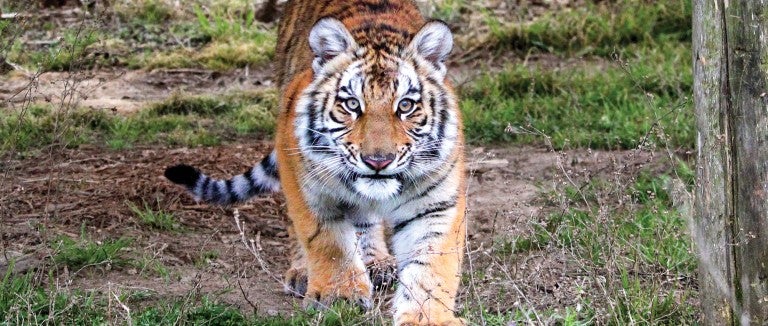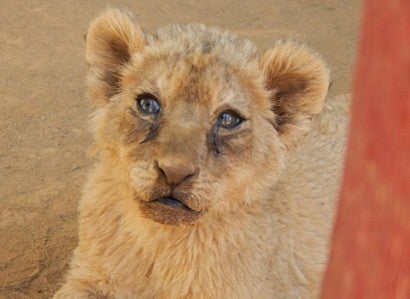The first time Tim Harrison rescued privately owned big cats was back in 1982. A public safety officer at the time, Harrison and other responders found a male lion pacing around a small enclosure, a lion cub who appeared severely ill, bears, snakes and other animals on an Ohio property.
It was rare to see privately owned big cats in the ’80s, says Harrison, who is now director of Outreach for Animals in Ohio. But in the following decade, the number of incidents increased, and Harrison began working with the Humane Society of the United States to pass legislation addressing the issue. But even as cities and states began banning big cat ownership, the fight for federal action was arduous.
In 2012, legislation banning the private possession of big cats was first introduced in Congress. Tracie Letterman, vice president of federal affairs at Humane Society Legislative Fund, notes that this initial iteration of the bill would have only prohibited private possession and breeding of big cats. In the years that followed, our legislative and wildlife teams built a coalition of partners to support legislative language that prohibited keeping tigers, lions and other big cat as pets and, crucially, banned public contact with them.
Times are changing, changing fast, and we should be riding that wave right now.
Tim Harrison, Outreach for Animals
On the legislative side, Sara Amundson, president of HSLF, celebrated the passage of the bill and the regulations. They “put an end to a warped industry with no socially redeeming purpose,” she says, “an industry that perpetuated great harm to animals while putting Americans at risk.”
Kate Dylewsky, assistant director of government affairs at the Animal Welfare Institute, worked with the HSUS and HSLF to pass the Act. The win shows that animal welfare legislation “is something that can get through Congress. And this is something the American people care about,” Dylewsky says. It also offers momentum for other legislation. “Let’s do it again,” she says. “Let’s pass some more animal bills.”
HSLF is now advocating for the Better Collaboration, Accountability and Regulatory Enforcement (CARE) for Animals Act. The bill would strengthen the U.S. Department of Justice’s ability to enforce the Animal Welfare Act and “help all animals in captivity—research facilities, commercial pet breeding operations and those on exhibition at zoos and aquariums—from being harmed,” says Jennifer Eskra, HSLF director of legislative affairs.
In recent years, the fight for animals has accelerated. “Times are changing, changing fast, and we should be riding that wave right now,” says Harrison.
The Big Cat Public Safety Act joined a growing list of achievements. As advocates continue the fight, the list will only keep growing.
Want more content like this?
This was written and produced by the team behind All Animals, our award-winning magazine. Each issue is packed with inspiring stories about how we are changing the world for animals together.
Learn MoreSubscribe

